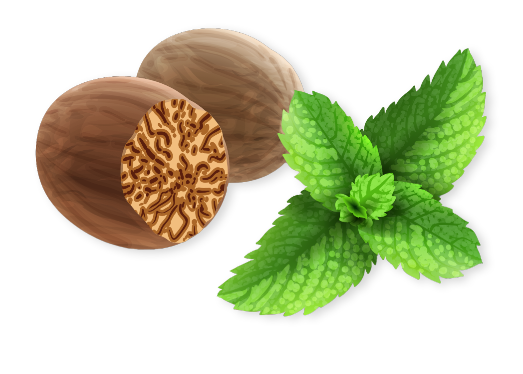- Uneven Shoulders: One shoulder may appear higher than the other, which can be an early sign of scoliosis.
WHAT IS SCOLIOSIS?
Scoliosis is caused by an abnormal change in curvature of the spine. While some cases are mild and may not present noticeable symptoms, others can lead to significant discomfort and physical changes. Instead of normal straight curvature, it can deviate towards sides.
SIGNS & SYMPTOMS
- Asymmetrical Waist: The waist can also look uneven, with one side being higher or more noticeable than the other.
- Prominent Ribs: In some cases, the ribs on one side may protrude more than those on the other, especially when bending forward.
- Back Pain: While not everyone with scoliosis experiences pain, some individuals may feel discomfort or pain in the back, especially if the curvature is severe.
- Limited Range of Motion: Those with scoliosis can have stiffness or reduced flexibility in their back, making certain movements difficult.
- Changes in Posture: A noticeable change in posture, such as leaning to one side or an abnormal tilt, can indicate scoliosis.
CAUSES
- Neuromuscular Conditions: Certain neuromuscular conditions can cause muscle weakness or imbalance. These conditions may interfere with the normal alignment of the spine, resulting in scoliosis. E.g. include, cerebral palsy, muscular dystrophy, and spinal muscular atrophy.
- Birth Defects: Some individuals are born with structural abnormalities of the spine, known as congenital scoliosis. These vertebral anomalies can lead to the development of scoliosis as the child grows.
- Spinal Injuries: Traumatic events, such as fractures or severe sprains, can affect spinal alignment. Injuries to the spine may result in curvature as the body compensates for the damage.
- Idiopathic Scoliosis: It is a most common type, which occurs without a known cause. It often develops during adolescence and may be influenced by genetic or hereditary factors. Despite extensive research, the precise origins remain elusive.
TREATMENT AT SANJEEVANAM
At Sanjeevanam, we offer a comprehensive approach including Ayurveda, physiotherapy, and yoga, which focus on reducing pain, improving mobility, and enhancing overall well-being and quality of life. Through time-tested therapies and herbal remedies, Ayurveda addresses the root causes of scoliosis while promoting holistic recovery.
- Restores Strength & Mobility: Helps regain physical strength.
- Addresses Scoliosis Effects: Treats issues like pain, reduction in mobility, stiffness, etc.
- Customized Therapy Plans: involve personalized physical therapy and occupational therapy.
- Individualized Care: Tailored to the specific needs of the person based on the severity of the pain and associated complaints.
- Duration Varies: The length of treatment depends on the intensity and duration of pain, other complications, and the progress made.
- Ayurveda: Pachakarma treatments such as Virechana (purgation) and Basti (medicated enemas) help to detoxify the body and tone the muscles. Other Ayurvedic treatments like Abhyanga (oil massage) Kayasekam, and Pinda Sweda (herbal bolus massage) help relieve muscle tension, reduce pain, stiffness and enhance flexibility. Localized treatments such as Prushta Basti (medicated oil treatment for the lower back) target specific discomforts and promote healing.
- Physiotherapy: Personalized physiotherapy focuses on improving mobility, strength, and motor functions, helping patients regain physical independence.
- Yoga: Yoga enhances flexibility, improves posture, balance, and mental well-being, aiding in both physical and emotional recovery.
- At Sanjeevanam, this integrated approach of Ayurveda, Yoga and Physiotherapy speeds up to achieve the goal of pain reduction and other associated complaints, which holistically improve quality of life by using specialized treatments that help patients recover and regain independence in daily activities.
BOOK APPOINTMENT
























